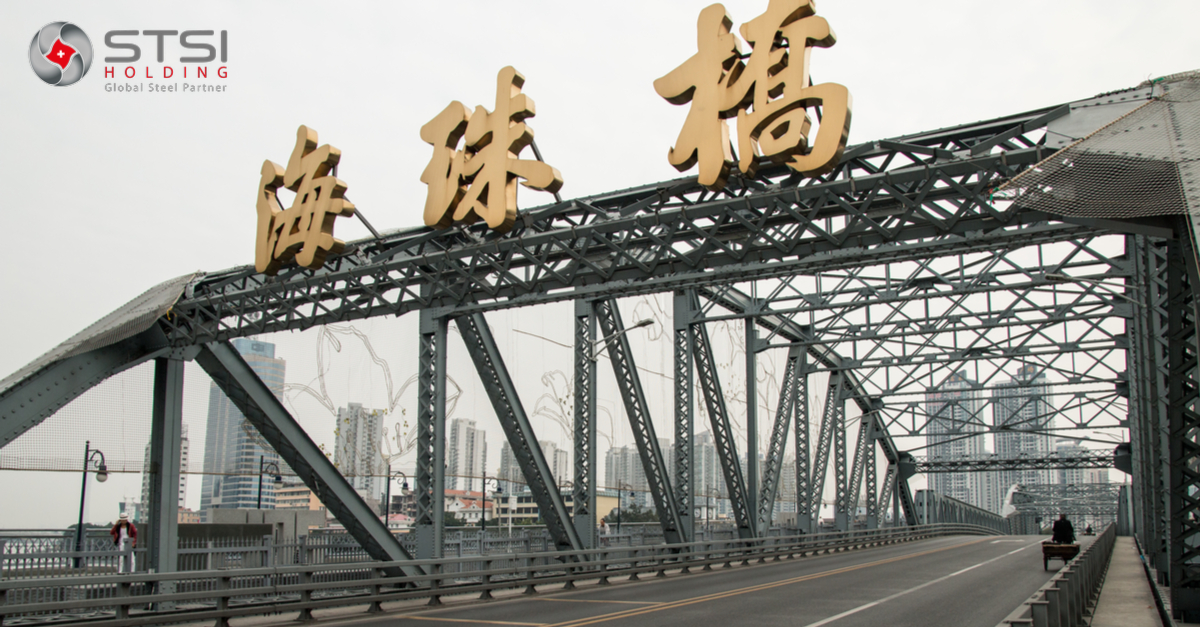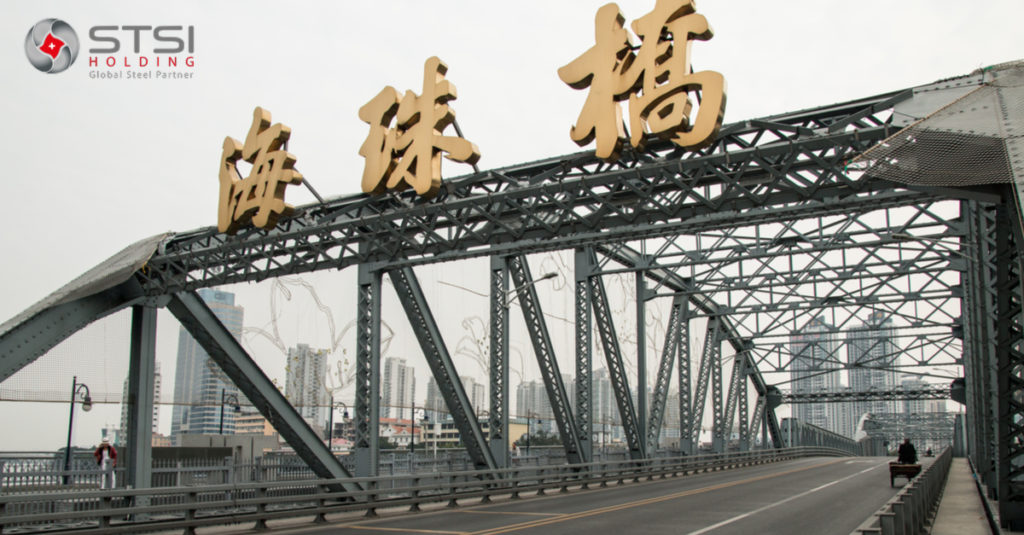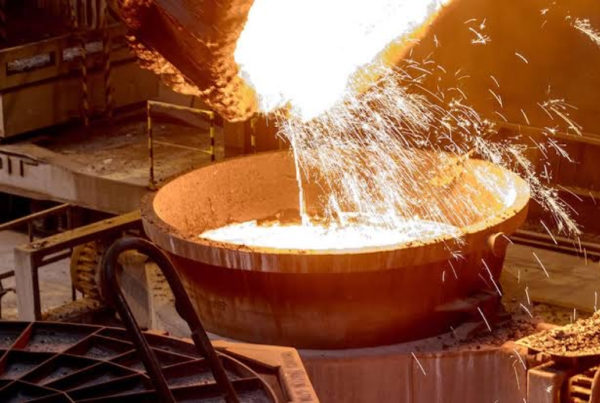
The “Research Report on Metal Mineral Import in China, 2019-2023” report has been added to ResearchAndMarkets.com’s offering.

With the rapid development of economy and industry, China has become the most important industrial company in the world, and its demand for metal minerals are also growing. Because of insufficient reserves, low ore grades and high mining costs, China needs to import a large number of metal minerals every year. According to the data from China Customs, in 2017, copper ore, manganese ore, bauxite, chrome ore, and zinc ore were the five metal minerals that had the highest import value except for iron ore. Their import value all exceeded USD 2 billion.
According to the researcher, in China, copper ore is the metal mineral whose import value is only second to that of iron ore. In 2017, China imported 17.35 million tons of copper ore with a total value up to USD 26.38 billion. The copper ore reserves in China are only about 4% of the global total. Therefore, China’s copper ore industry relies heavily on imports. From 2015 to 2017, the proportion of imported copper ore to copper ore consumption in China stayed above 88%. As the two biggest sources of China’s copper ore imports, in 2017, Peru and Chile contributed 28.40% and 26.57% respectively to the import volume of copper ore in China.
Manganese ore is a metallic mineral with high import value in China. In 2017, China imported 21.26 million tons of manganese ore with a total value up to USD 4 billion. The manganese ore reserves in China are only about 7% of the global total. Therefore, China’s reliance on manganese ore imports stays above 80%. South Africa, Australia, Gabon, Ghana, and Brazil are the major sources of China’s manganese ore imports. In 2017, the manganese ore imported from these countries totaled 19.05 million tons, accounting for about 90% of the total import volume of manganese ore in China.
Bauxite is also a metallic mineral that has high import value in China. In 2017, its import value reached USD 3,445 million. Because of the low unit price, the import volume was up to 68.55 million tons. From 2013 to 2017, China’s reliance on bauxite imports fluctuated between 40% and 60%. Guinea and Australia take up the majority of China’s bauxite import market. In 2017, their market share totaled about 77%.
Chrome ore is also a metallic mineral that has high import value in China. China is a chrome ore poor country. In 2017, the national chrome ore reserves were far lower than the import volume of chrome ore. Therefore, China’s chrome ore industry is almost 100% reliant on imports. South Africa is the biggest source of China’s chrome ore imports. In 2017, chrome ore imported from South Africa accounted for about 72.34% of China’s chrome ore imports.
Zinc ore is also a metallic mineral with high import value in China. In 2017, its import value reached USD 2.25 billion, the highest level from 2013 to 2017. The zinc ore reserves in China totaled 41 million tons, ranking the third in the world. Therefore, China’s reliance on zin ore imports is low, fluctuating around 20% in most years. Australia, Peru and Russia are the three biggest sources of China’s zinc ore imports, contributing over 80% to the import volume of zinc ore in China.
It is expected that from 2019 to 2023, China will continue to import a large number of metal minerals such as copper ore, manganese ore, bauxite, chrome ore, and zinc ore.
For more information about this report visit https://www.researchandmarkets.com/research/9rzrmn/china_metal?w=5
Research and Markets also offers Custom Research services providing focused, comprehensive and tailored research.



